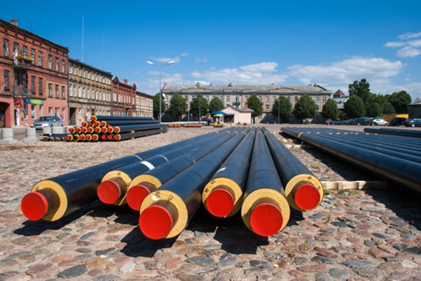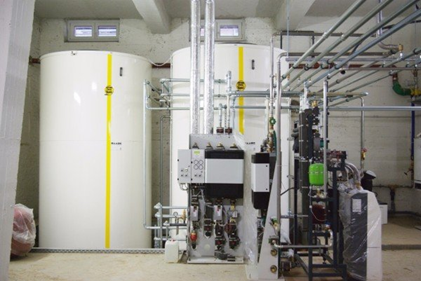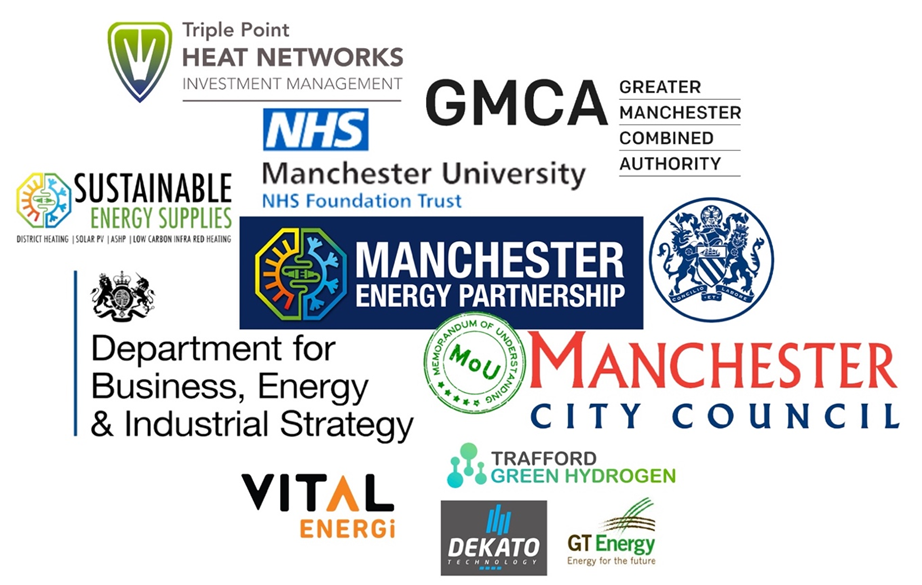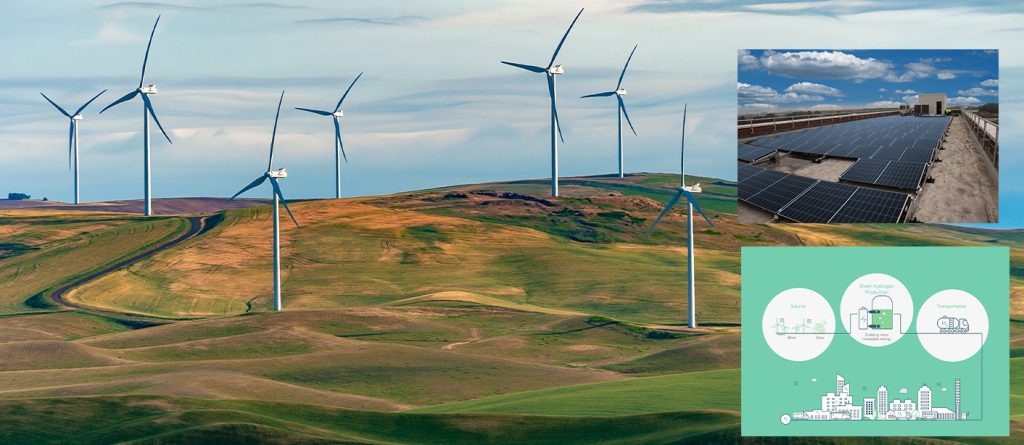The whole world is striving to decarbonise and is seeking new ways to generate or harvest the electrical and thermal energy, required to meet our everyday needs and run our lives.
The continued demand for ever greater volumes of electricity, to operate our businesses, store and exchange data, heat our homes and work-places and charge our electric vehicles, places ever increasing pressure on our existing generation and distribution infrastructure to cope; with the capability of renewable, green energy to satisfy 100% of even present demand, still many years away.
Renewable resources are, on average, still contributing less than half of all the energy we consume in the UK, and when the sun doesn’t shine enough, or the wind doesn’t blow, we still depend on Combined Cycle Gas Turbines to fulfil a growing demand for power.
Transmission losses are unavoidable when transferring electricity over the typically long distances from power stations to the local point of use, with as much as 48% wasted before it reaches our major towns and cities. Consequently, all the UK’s Distribution Network Operators (DNO’s) are committed to support localised energy generation to help augment supply and balance out demand.
District (or Decentralised) Energy Networks, where both power and heat are generated within these urban areas, (presenting the areas of greatest consumption density), offer flexible, expandable and upgradeable solutions, that cut the amount of wasted energy caused by transmission losses, improve efficiency and help decarbonise the provision of heat to domestic, public sector and commercial consumers alike.
The Octagon Project Energy Network is deploying a wide range and combination of proven technologies, alongside new low-carbon and renewable technologies, within its generation hub to significantly reduce carbon emissions and help on the road toward net-zero targets.


MEPL are, for instance, committed to blending 25% of Green Hydrogen with natural gas, to fuel the CHP engines within our generation hub by early 2025, increasing to 100% as the gas-grid allows.
Phase 1 of the energy centre will also incorporate multiple, large scale Air Source Heat Pumps, together with an extensive Solar PV array, sophisticated thermal and battery storage, hydrogen fuel cells and small-scale hydrogen production technology, to enable its use as an energy storage medium to be used as an input fuel during times of peak demand.
The generation hub also retains the flexibility to integrate emerging technologies, such as deep-bore geothermal energy and carbon capture solutions, when these resources are economically and practically available.
In the short to medium term, waste industrial heat, from local manufacturing facilities (such as brewing), that is currently expelled into the atmosphere, along with that from sewage and waste-water treatment plants, (working in harmony with United Utilities) will be integrated into the network.
MEPL will also offer its existing and potential off-takes, Retrofit Energy Saving Technological Solutions (“RESTS”), such as low-voltage IR heating panel system installations, combined with voltage optimisation, designed to reduce consumption of electricity where access to the OPEN is not yet viable or where circumstances preclude the installation of heat network compatible wet heating systems.

MEPL has enjoyed huge and visionary support from both the Greater Manchester Combined Authority and Manchester City Council throughout our journey, both of which have assisted the OPEN in gaining significant financial assistance (in the form of financial project commercialisation grants and project finance loans, totalling £14.75million) from the Department for Business Energy and Industrial Strategy, in 2021.
However, the aspiration and long-term vision of the Manchester Energy Partnership reaches out further and deeper than the £30m initial phases of the Octagon Project Energy Project. With solid backing from private equity and infrastructure funds, each with a commitment to renewable and low carbon technology, we are already considering how the network can expand to further improve economies of scale, energy efficiency and reduce carbon emissions.
As more heat networks and our own augmentation hubs come online, we will seek to join them together, creating huge energy networks, serving hundreds of thousands of Northwest citizens and driving down carbon emissions.

